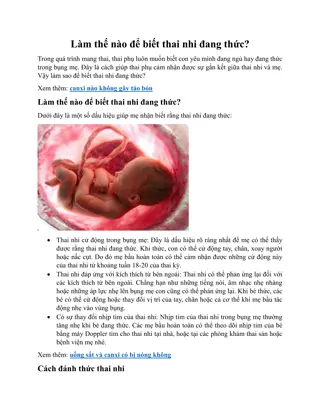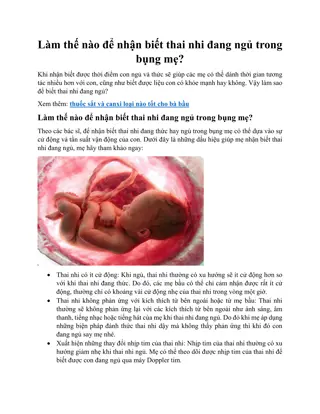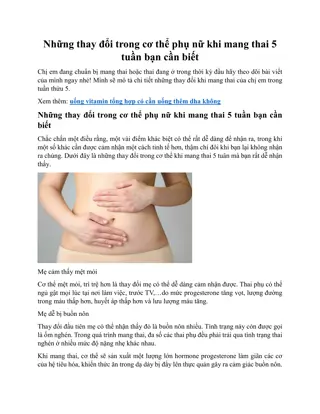Understanding the Process of Science: A Comprehensive Overview
Exploring the two main approaches in science - descriptive and hypothesis-driven, along with experimental design elements like independent and dependent variables and controls. The presentation of results using graphs, and the publication process in scientific journals through peer review are also highlighted. The challenges of peer review are discussed, emphasizing the importance of rigor and scrutiny in scientific research.
Download Presentation

Please find below an Image/Link to download the presentation.
The content on the website is provided AS IS for your information and personal use only. It may not be sold, licensed, or shared on other websites without obtaining consent from the author. Download presentation by click this link. If you encounter any issues during the download, it is possible that the publisher has removed the file from their server.
E N D
Presentation Transcript
Descriptive science: Gathering information on a given subject or phenomenon without expectation of a given outcome. A good example of descriptive science is the tagging animals to explore migratory patterns. Hypothesis-driven science: Using the scientific method to address questions about a given phenomenon. This includes: Manipulative experiments: Experiments that involve controlled settings where the experimenter manipulates of the variables of interest. Drug trials and lab experiments are examples of manipulative experiments. Natural experiments: Experiments that involve the hypothesis-driven collection of data from existing conditions. A good example of a natural experiment is the collection of medical data from people accidentally exposed to an agent that may or may not cause harm.
Experimental Design Independent variable: the probable cause (x-axis) Dependent variable: the probable effect (y-axis) Negative control: produces a (-) result when a (-) result is expected Positive control: produces a (+) result when a (+) result is expected Experimental group: group subjected to the novel treatment Confounding variables: variables not under observation that can affect the data
Presenting Results Bar graphs display qualitative differences in treatment. Linear graphs display quantitative differences in treatment. These include: Scatter plots: Commonly used in natural experiments to explore correlation in pre-existing data. Dose-response: Commonly used in toxicity studies and drug evaluations.
Results that are in the public interest get published in scientific journals in order to contribute to the overall body of scientific knowledge. Manuscripts journals undergo a rigorous process of peer review by other scientists in the same field. Peer reviewers determine whether or not the results are fit for publication. submitted to scientific
Peer review is meant to screen out questionable data, but it is far from perfect Image Creator from Microsoft Bing In 2015, the editor of the Lancet Dr Richard Horton declared, Much of the scientific literature, perhaps half, may simply be untrue. Afflicted by studies with small sample sizes, tiny effects, invalid exploratory analyses, and flagrant conflicts of interest, together with an obsession for pursuing fashionable trends of dubious importance, science has taken a turn towards darkness. https://www.drugawareness.org/editor-of-lancet-medical-research-is-unreliable-at-best-or-completely-fraudulent/
Five years later, the Lancet fell victim a major instance of fraud! In May 2020 The Lancet published a study showing COVID-19 patients treated with hydroxychloroquine dying at a higher rate than patients not receiving this drug. The WHO and governments all over the world responded by limiting access to this commonly used generic drug. This study was retracted when readers started reporting glaring inconsistencies in the hospital data, and the third party providing the data suddenly became unavailable. Sapan Desai, head of Surgisphere At the time of publication, one of two lead co-authors was conducting trials with the far more profitable COVID treatment, Remdesivir. Disclaimer: This is not medical advice! The antiviral properties of hydroxychloroquine are still disputed.
Red Flags for Discerning Fraud Is it corroborated? Does it concur with raw data? Does it concur with independent sources? Who benefits? Do any of the authors have a conflict of interest? How do the authors and their supporters react when confronted with contrary evidence? Legitimate: Criticism that focuses on specific details of the science (itemized) Evasive: ad hominem attacks, straw manning, gaslighting, censorship
Be wary of astroturfing. The whole point of astroturf is to try to convince you there s widespread support for or against an agenda when there s not. Sharyl Attkisson, investigative reporter https://sharylattkisson.com/2016/07/top-10-astroturfers/ Example: You choose to do your own research on the efficacy of a given drug, not knowing that your search engine was rigged (via bots & algorithms), your primary care doctor was nudged (via free samples & workshops) and your other mainstream sources like media and authoritative sources were captured (via sponsors, donations, job offers, & partnerships).
A real-life example of a rigged algorithm: The same search terms display totally different results. The search engine Yandex displays lawsuits over misuse of Remdesivir while Google buries them.
Acknowledgement: Unless otherwise indicated, all images in this presentation were downloaded from Wikimedia Commons:https://commons.wikimedia.org/wiki/Main_Page























